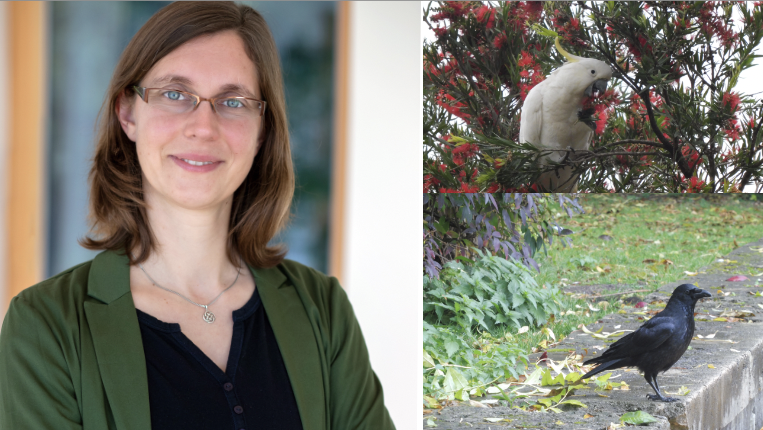The interplay between cognition and ecology in extractive foraging behaviours

Foraging successfully requires cognitive abilities across both ecological and social domains and is considered an important driver of enhanced cognitive skills. Extractive foraging – the extraction and processing of embedded or encased foods like arthropods, nuts and eggs – requires intensive object-manipulation. Animals have evolved both morphological (e.g. multi-purpose bill in parrots) and behavioural (tool use, prey-dropping) adaptations to access these otherwise inaccessible food items. Much attention has been given to the cognitive processes implicated in extractive foraging with tools (e.g. causal reasoning, planning, generalization) and the literature on the ecological significance of tool use is growing. Extractive foraging without tools on the other hand – while likely employing the same complex cognition – is understudied and comparative work on extractive foraging with and without tools is scarce. To fill this knowledge gap, I propose to study species that engage in extractive foraging without tools – carrion and hooded crows (Corvus corone and C. cornix; henceforth crows) and Sulphur-crested cockatoos (Cacatua galerita, henceforth cockatoos). Corvids and parrots share many life history traits that have been identified as drivers for enhanced cognitive skills (e.g. large brains, long-lived, social) but differ in their morphology (e.g. feet and bills) and behaviour. This makes them ideal complementary systems to investigate the cognition and ecology of extractive foraging and object manipulation. Many bird species are known to drop hard-shelled items to break them open but the development and cognitive mechanisms involved in these behaviours remain underexplored. Crows open walnuts by either pecking them open or dropping them on hard surfaces, while cockatoos use two different methods (splitting and nibbling) to open Jacaranda and other seed pods. Using a combination of experiments (in captivity and in the wild) and state-of-the-art tracking technology, I aim to investigate the ontogeny, underlying cognitive mechanisms and ecological significance of these behaviours. I will follow Tinbergen’s questions to gain a complete understanding of the behaviour by addressing it from multiple perspectives. I propose to build my first research group to pursue an ambitious research project with five interrelated objectives. Objective 1 will investigate the ONTOGENY of nut-dropping behaviour in crows. By raising juveniles in groups with ad libitum access to walnuts, individual differences in uptake and performance of the behaviour will be mapped and compared to control groups who only get access to walnuts at specific points in time. Objective 2 will investigate the COGNITIVE MECHANISMS underlying nut-dropping behaviour in crows using a cognitive test battery, with a focus on physical cognition (i.e. how animals acquire and use information about the physical world) and problem-solving. New tasks will be designed to ensure ecological validity and performance will then be compared to tasks which are well-established in the field but are not ecologically relevant for crows. This enables a comprehensive assessment of how and why a species evolved the cognitive abilities it possesses. Objective 3 will investigate the INDIVIDUAL VARIATION in seed- and nut-opening behaviour. A combination of field experiments (cockatoos and GPS-tagged crows) and data from objective 1 (crows) will be used to address questions of the distribution of the different opening variants and individual-level resource use. Objective 4 will investigate the ECOLOGICAL SIGNIFICANCE of extractive foraging. To examine how reliant individuals are on seeds/nuts, how the behaviour relates to local resource availability and how naïve and knowledgeable individuals interact when the resource is available, field experiments will be conducted with habituated wild cockatoos, and – using ‘mini-GPS-tags’ – crows and nuts will simultaneously be tracked. A citizen science project (using a modified version of an existing mobile app for crows) will track the occurrence of nut-dropping behaviour in crows on a larger scale. Objective 5 SYNTHESIZES the results from objectives 1-4 to investigate why species differ in their cognitive abilities and reliance on extractive foraging. Using a comparison between primates and birds, I will consolidate our knowledge on how complex cognitive traits develop within species over ontogeny and between species over evolutionary times.